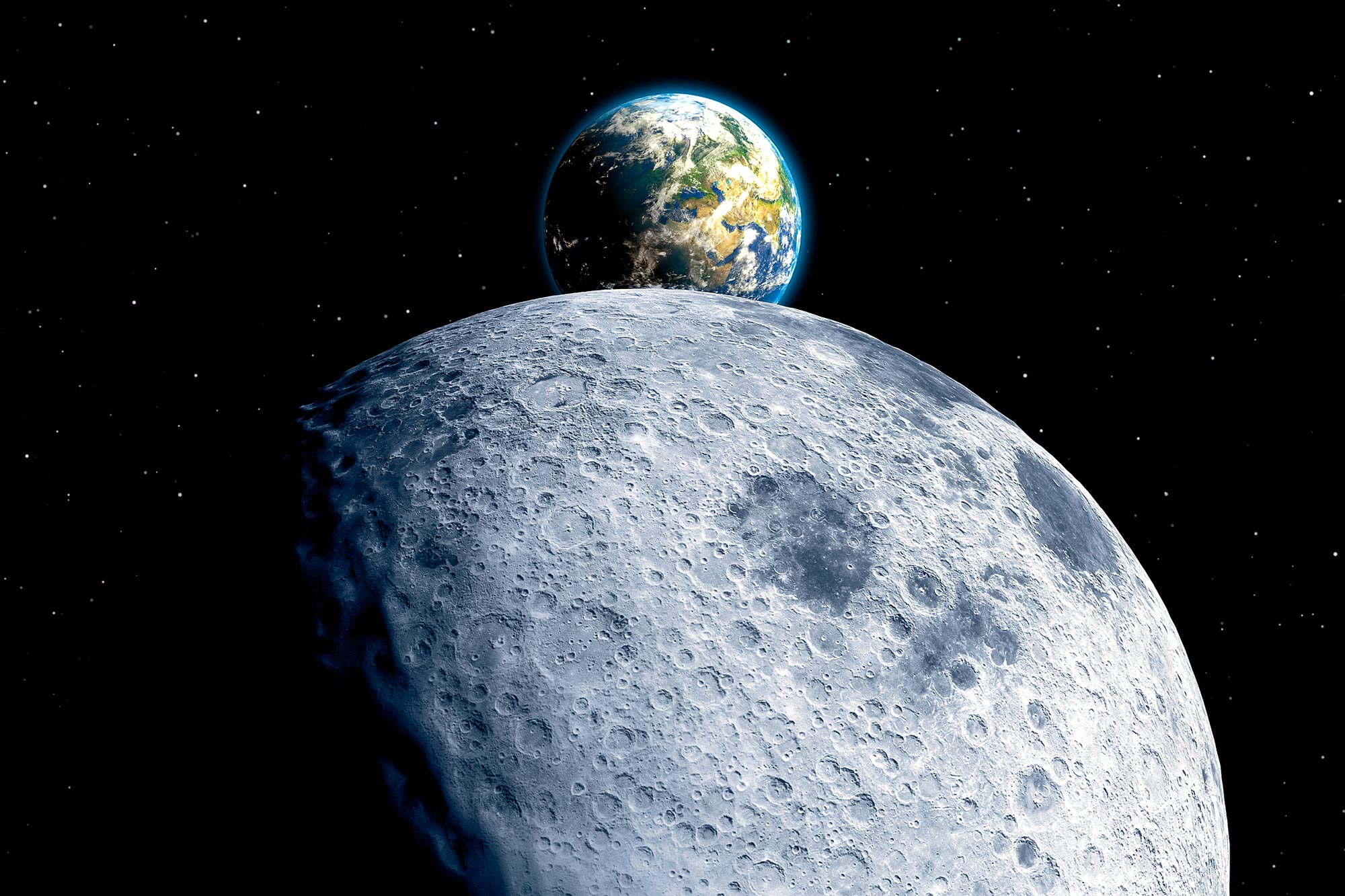- cross-posted to:
- [email protected]
- cross-posted to:
- [email protected]
You must log in or # to comment.
Wish this wasn’t written by the AI that turns mundane but interesting facts into attention grabbing word salad.
For fun, I have attempted to de-word-salad it:
Near and far side of Moon look very different.
China’s Chang’e-6 mission retrieve first-ever samples from Moon’s farside.
Chang’e-6 mission brought back 1,935.3 grams of lunar regolith from the far side’s South Pole–Aitken Basin. Samples successfully returned to Earth on 2024-06-25.
Study of the regolith yields four Nature papers:
- Prolonged Volcanic Activity: Analysis identified two distinct volcanic phases on the lunar farside—4.2 billion and 2.8 billion years ago—indicating that volcanic activity persisted for at least 1.4 billion years, far longer than previously thought.
- Fluctuating Magnetic Field: Measurements of paleomagnetic intensities in basalt clasts revealed a rebound in the Moon’s magnetic field 2.8 billion years ago, suggesting that the lunar dynamo, which generates magnetic fields, fluctuated episodically rather than fading steadily.
- Asymmetric Water Distribution: The farside mantle was found to have significantly lower water content than the nearside mantle, indicating that volatile elements are unevenly distributed within the lunar interior.
- Mantle Depletion Signatures: Geochemical analysis of basalt points to an “ultra-depleted” mantle source, likely resulting from either a primordial depleted mantle or massive melt extraction triggered by large impacts.
Reference: https://doi.org/10.1038/s41586-025-09131-7
FTFY. I’m surprised at how much shorter it got.
Thanks for condensing. Interesting read.
♥️
Also, could the near side have more water because it splashed off of Earth?




